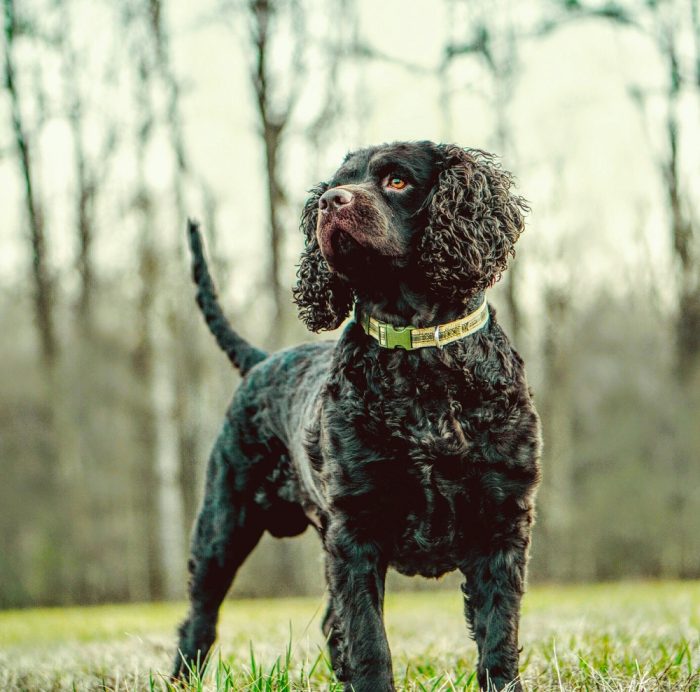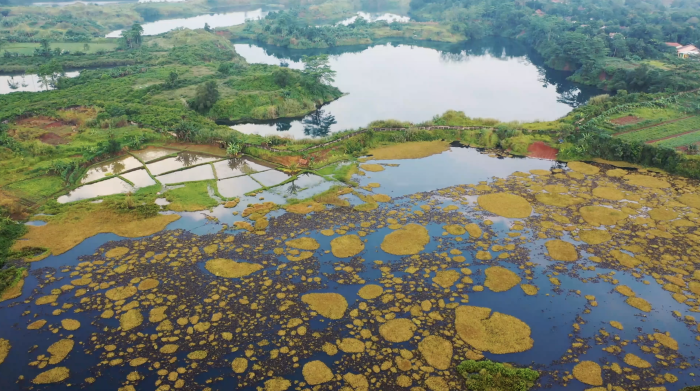
Babe was so big, it took seven ax handles and four plows to create a yoke for him. His color was so blue, some said, because it was that cold where he lived, though some maintained that a steady diet of blueberries turned him blue, while others said he’d been stained by the blue snow in which he’d been found. It probably doesn’t matters what turned Babe blue; what matters is that the baby ox was found at all in snow so deep that it came up to the knees of a giant lumberjack so tall, it took a normal sized person a full day to walk the distance between his footprints.
Paul Bunyan and his companion, Babe, the Blue Ox, account for the many lakes and ponds of Minnesota, Wisconsin, and Michigan, created, as they were, by the massive footprints left behind by the pair. Paul’s footfalls, of course, created the Great Lakes, while Babe’s hoofprints made the smaller ponds, sometimes called potholes. During migration, ducks often use these potholes, a fact of which hunters are keenly aware. There are names for how hunters hunt in these small bodies of water: “Pot hole” hunting, or “jump shooting.”

Photo by Tom Fisk
In jump shooting, hunters approach game birds or waterfowl by stealth, sometimes by wading through water, moving through tall grasses, or using natural cover to remain unseen. When the hunter gets close enough to the birds, he or she startles them into taking flight, and takes the shot as the birds are flushed out. Jump shooting is a challenging form of hunting! It calls for an ability to move quietly and swiftly, requires quick reflexes, and demands accurate marksmanship if one is to hit a bird in motion and at varying distances. In wetland environments such as is found in a few midwest states, jump shooting is commonly used to hunt ducks or geese, and if there is a jump shooting specialist in canine form, it is the American Water Spaniel.
Developed in the 19th-century in the Upper Midwest, the American Water Spaniel (originally known as the Brown Water Spaniel) has always been a versatile dog, but it is exceptionally suited for the aforementioned ways to hunt. Small enough to travel aboard a small boat or canoe, the breed can jump in and out without rocking the boat. A dense, brown-colored, water-resistant coat offers good camouflage.
A nice article on hunting with the AWS can be found here.
Oh, before we forget, we should probably mention the scientific reason for why the aforementioned states have so many lakes and ponds. The short answer is that during the last Ice Age, glaciers covered parts of Minnesota, Michigan, and Wisconsin. As the glaciers melted, they left behind numerous depressions that filled with water and formed many small bodies of water.
Image: American Water Spaniel by Bennett Walker/Shutterstock
